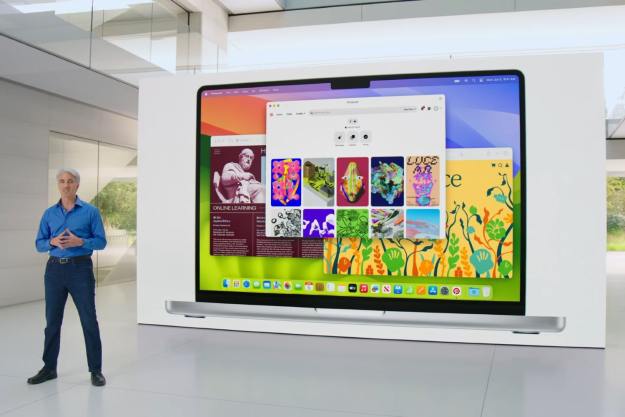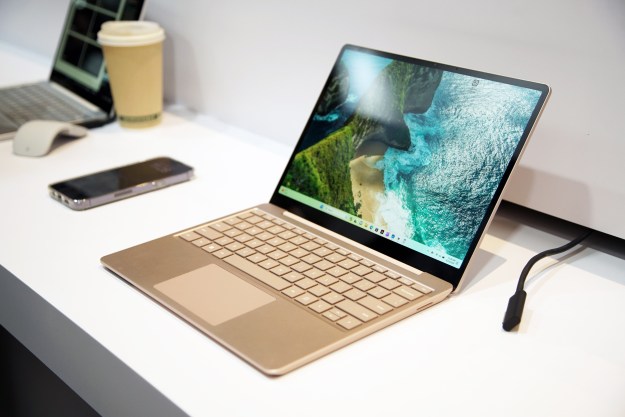
Visual Studio is a coding environment that can be used to create software for Windows, as well as services and apps for the web. The decision to offer the program to Mac users demonstrates a major change of course for Microsoft, as the company has previously seemed eager to keep developers chained to their PC.
Indeed, it seems that Microsoft may have intended to wait a little longer before sharing the news that Visual Studio will soon be available on MacOS. A blog post making the announcement briefly went live on the MSDN Magazine Blog before being deleted, according to a report from The Verge.
While the software’s user interface has been inspired by the Windows version, the post notes that the new release will “feel like a native citizen of MacOS.” It also confirms that Visual Studio Code, the slimmed-down version of the software intended for straightforward code editing, will be making the jump to Apple hardware.
The MacOS version of Visual Studio will be based on Xamarin Studio, which Microsoft acquired earlier this year.
This is not the only move Microsoft has made to bring Windows closer to other operating systems in recent months. In March, the company unveiled plans to bring the Bash shell to Windows 10, working in collaboration with the company responsible for Ubuntu.
Visual Studio for Mac will seemingly be announced at Microsoft’s Connect 2016 event, which takes place from November 16 to 18 in New York City. Based on the leaked blog post, a preview build is set to be made available following the announcement.
Editors' Recommendations
- Don’t download the latest macOS Ventura update just yet
- Why I went with the MacBook Pro over the Mac Studio
- The easy way to choose between the Mac Studio and Mac mini
- 7 key settings in macOS Sonoma you should change right now
- All the best macOS Sonoma tips and tricks you need to know


